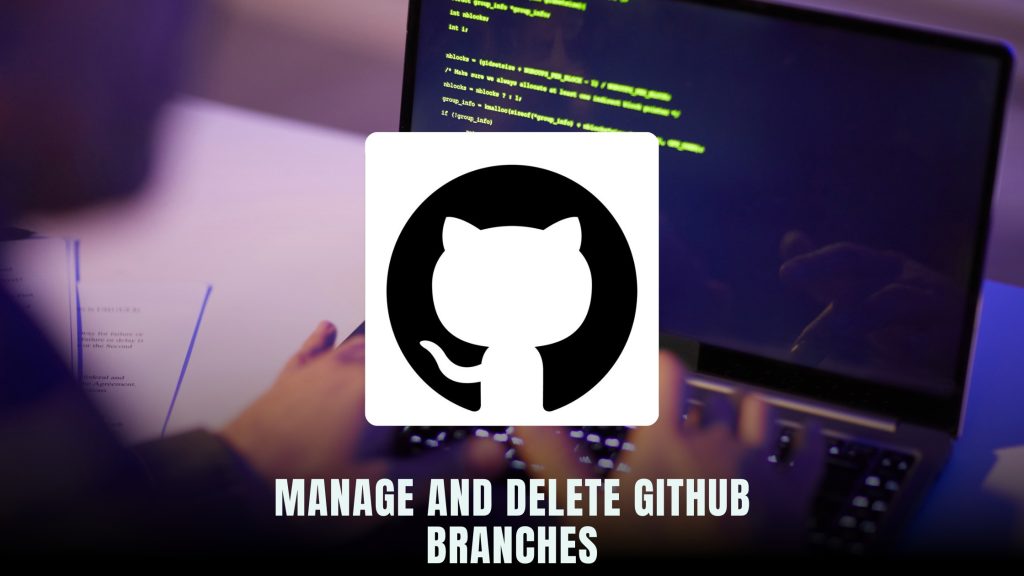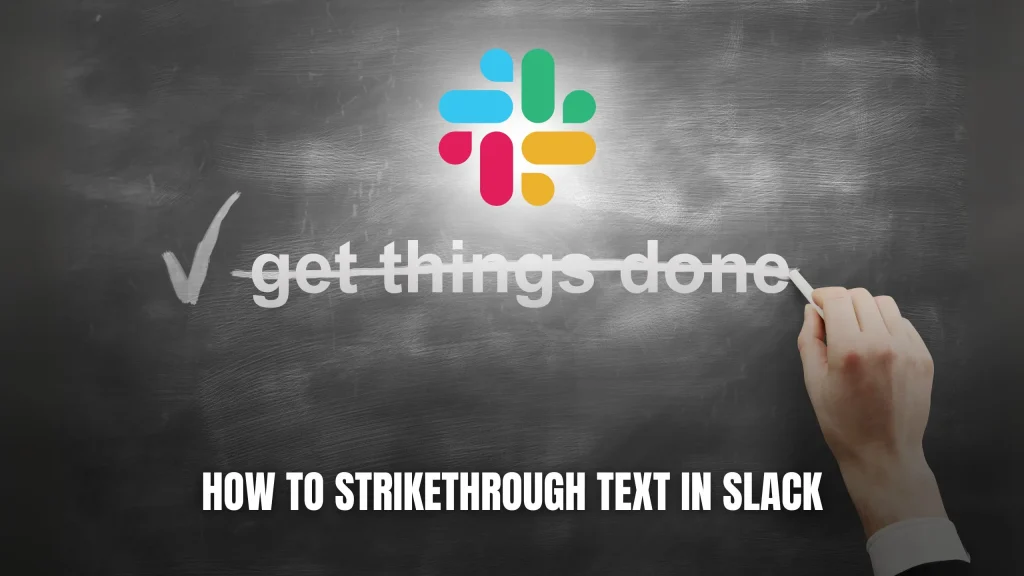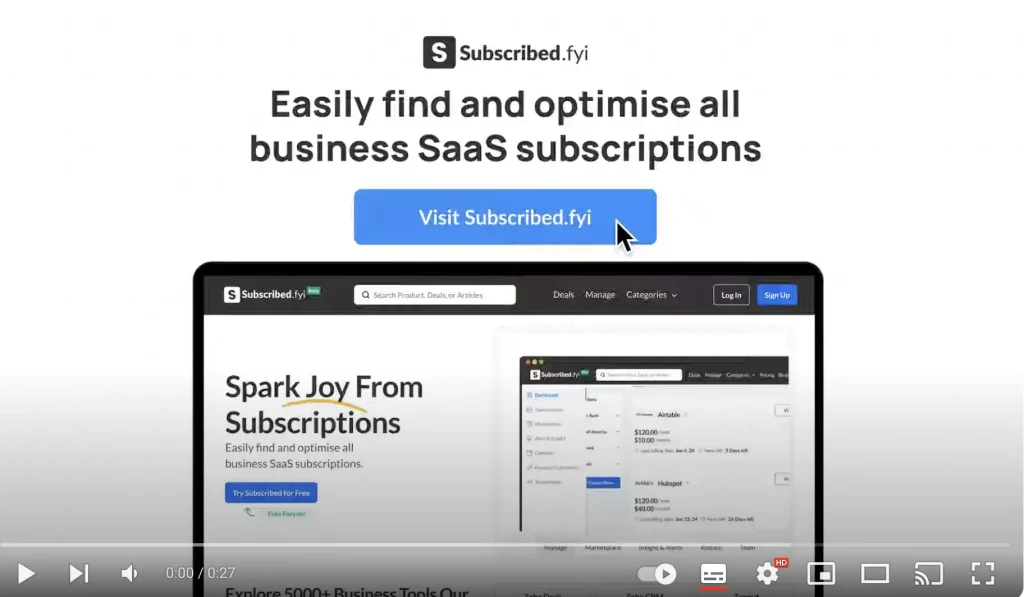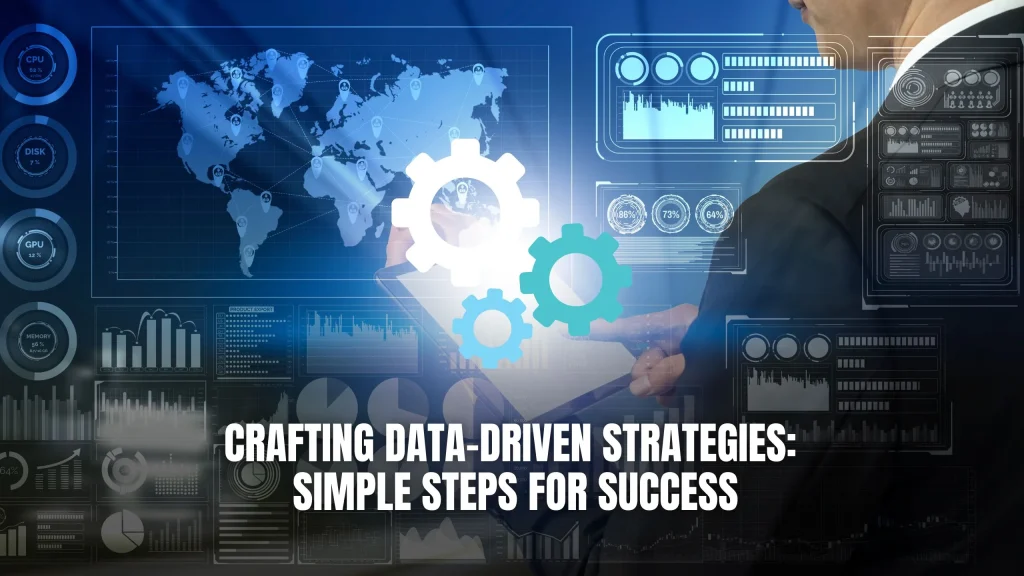The SaaS Pricing Models: What’s Best for You?
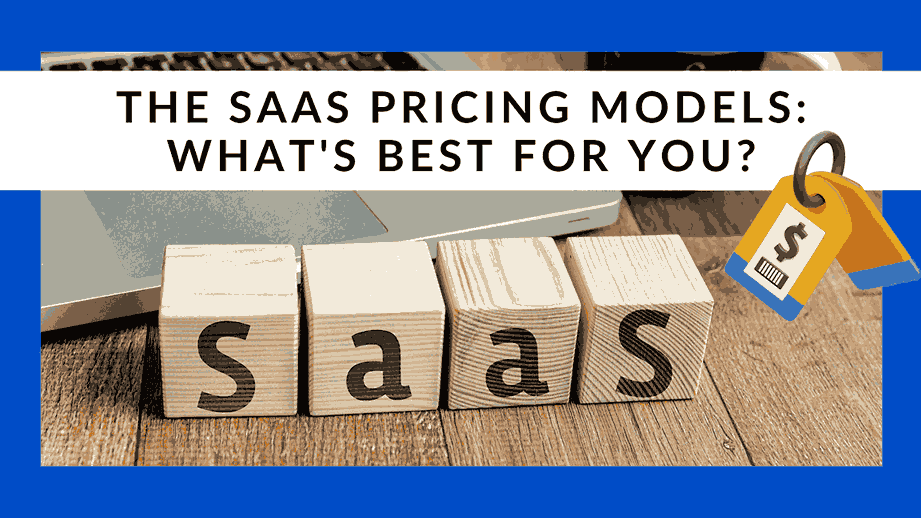
As a growing SaaS business, if you’re not giving your pricing strategy a serious thought and often, you’re leaving money on the table. “#1 tip for pricing strategy is to treat it as an experiment,” says Yoav Shapira, Director Of Engineering at Facebook. But how do you go about it?
In this comprehensive guide, we will delve into various SaaS pricing strategies, explore different types of SaaS pricing models, and discuss the metrics that can help you track the performance of your pricing model.
What are SaaS Pricing Strategies?
Pricing strategies are the methods used to determine the pricing of a product or service. Various factors contribute to pricing strategies, including competitors’ pricing, costs, and expenses. Let’s take a closer look at some of the popular pricing strategies.
Types of SaaS Pricing Strategies
1. Competitor-Based Pricing: This strategy hinges on the pricing set by your competitors. It is a simple approach that considers publicly available information about your competitors’ pricing. However, it may limit your control over pricing, potentially leading to missed revenue opportunities. Read more
2. Penetration Pricing Strategy: Often adopted by new entrants, this strategy involves pricing your product lower than competitors. While it can help you gain a foothold in a new market, it may not be a long-term solution as low prices can lead to losses. Read more
3. Cost-Plus Pricing: This straightforward approach involves setting a price that covers costs and adds a desired profit margin. It’s ideal when you have limited knowledge of customer willingness to pay, but it may overlook customer perceptions of value. Read more
4. Value-Based Pricing: Considered the most suitable strategy for SaaS businesses, this approach takes into account customer needs and how they perceive the value of your product. It allows for customization and experimentation with pricing based on customer segments.
Why is Choosing the Right Pricing Strategy Important?
SaaS businesses are poised for exponential growth, making pricing strategy vital. Your product is just the first step; pricing plays a pivotal role in monetizing customers and ensuring the health of your business.
Questions such as “How to position your product?” and “Which pricing model complements your target market?” are crucial to answer before deciding on a pricing model. A well-crafted pricing plan is essential for success.
What are Pricing Models?
Pricing models dictate how you package the pricing of your product or service. Each model has its pros and cons. Let’s explore some of the SaaS pricing models in detail.
Types of SaaS Pricing Models
1. Flat-Rate Pricing Model: In this model, a fixed price includes a set of features. It’s a simple “one size fits all” approach. It is easy to understand and forecast, but it may not suit businesses with diverse customer needs.
2. Tiered Pricing Model: Tiered pricing offers different versions of a product at varying prices. Customers can choose based on their needs, allowing upselling opportunities. Careful construction of pricing tiers is essential to avoid confusion. Read more
3. Usage-Based Pricing Model: This “pay as you go” model charges customers based on their usage. It is transparent and adaptable to customer fluctuations but can make revenue prediction challenging.
4. Per User-Based Pricing Model: This model charges based on the number of users. It is easy for customers to understand but can lead to cost-cutting measures and misuse.
5. Per Feature Pricing Model: Pricing is based on the features offered. Customers pay for what they need, but it can be challenging to determine which features are essential.
6. Freemium Pricing Model: It offers a free, limited version to attract users, with paid upgrades for additional features. It has a low customer acquisition cost but can be resource-intensive.
7. Per Active User Pricing Model: Charges customers based on how actively they use the product. It prevents money wastage on inactive users but may not work well for small businesses.
Choosing the right pricing model is a critical decision that should be based on customer data, not merely emulating competitors.
How to Implement Pricing Changes with Low-Code?
Experimenting with pricing is essential for SaaS growth. An entitlements management system allows for fine-grained access control over product offerings, enabling faster pricing changes. It helps in optimizing plans, upselling, and tracking feature usage.
How to Track & Analyze Your Pricing Model?
After selecting a pricing model, tracking and analysis are vital. Key metrics include the LTV/CAC ratio, gross MRR churn ratio, expansion MRR, and upgrade MRR. These metrics provide insights into profitability and user satisfaction with your pricing model.
Conclusion
Pricing isn’t a one-time decision. It should evolve with your product and convey its value. To choose the right pricing model, put yourself in your customers’ shoes and use data for informed decision-making. This guide equips you with the knowledge to make the best pricing strategy and plan for your SaaS business.
Keep these insights in mind as you navigate the dynamic landscape of SaaS pricing.



